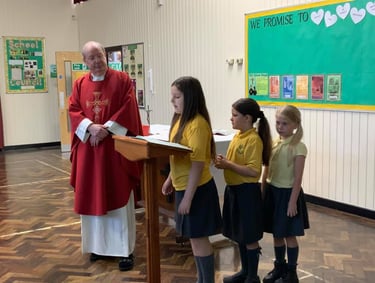
KNOW US
IT’S TIME TO
OUR HISTORY
The Life of St. Bede, The History of the Church and new developments.
THE LIFE OF ST BEDE (c673-735) Bede was born near Sunderland and educated from the age of seven at the monastery at Wearmouth and then at Jarrow where he lived as a monk for the rest of his life. He was ordained a priest about the year 703. While fulfilling his duties as a monk at prayer and in choir he devoted himself to the study of the Scriptures, teaching and writing. The subjects on which he wrote included orthography, metre, computistics, chronology and the lives of the saints. He believed his twenty-five works of commentary on the Scriptures were his most important work but his Ecclesiastical History of the English People is generally regarded as his most significant. He travelled little, probably never further than York, but his influence crossed Europe. His death is movingly described by the monk Cuthbert. Bede spent his final days singing psalms and working on an English translation of John's Gospel which he completed by dictation just before his death. Boniface, hearing of Bede's death wrote, “the candle of the Church, lit by the Holy Spirit, was extinguished. His cult as a saint was established within a half century of his death. Within a century he had been accorded the title “Venerable”. His bones were transferred from Jarrow to Durham in the 11th century where they rest in the Galilee Chapel. Dante refers to Bede in his Paradiso. Pope Leo XIII gave Bede the title of Doctor of the Church in 1899. His feast day is May 25th.
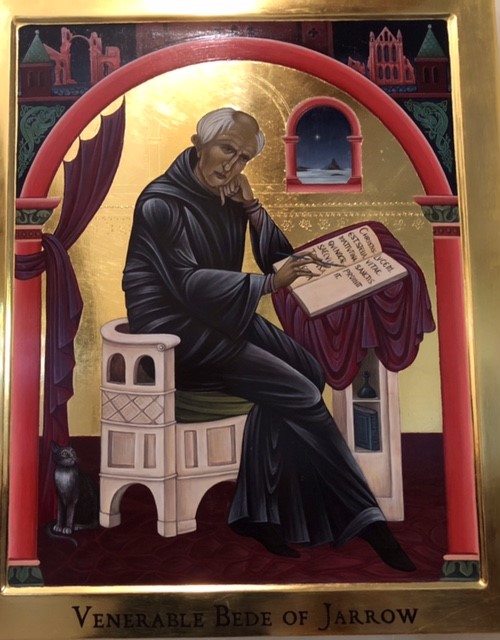

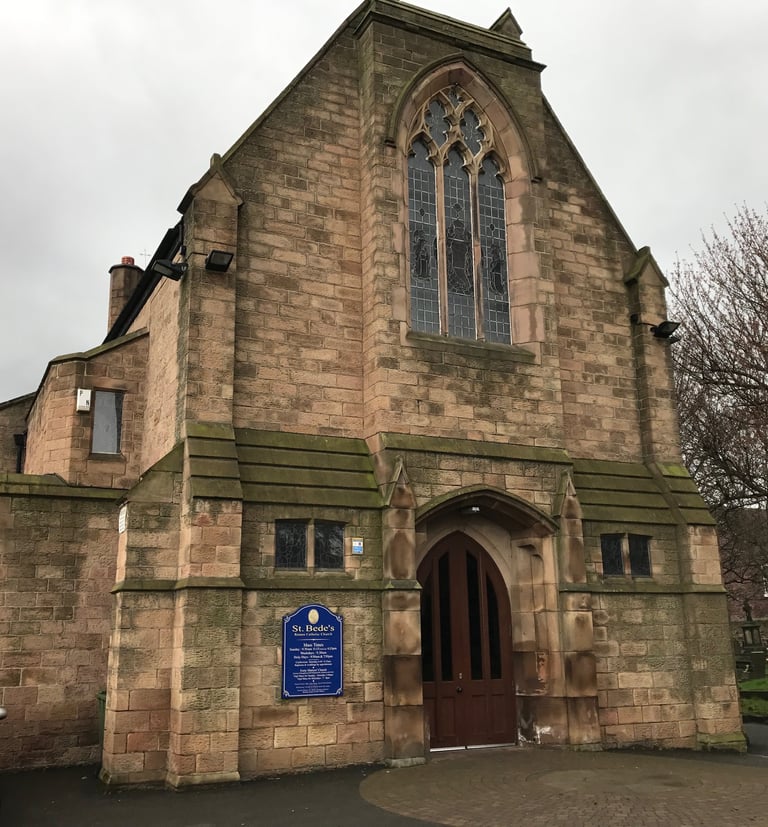

THE HISTORY OF OUR CHURCH
The foundation stone of St Bede's was laid on 29th July 1841 by Benjamin Badger who had given the land on which the Church was built. The Deed of Transfer is framed and on display in the Parish Rooms. Mr Badger is reported as saying: “Although a member of the Church of England, you know from long acquaintance that I am no bigot. As therefore you mention the great want of a place of worship for the poor Catholics of this place and their inability to purchase land. I have concluded to do what I am sure you will have great pleasure in making known to those whose cause you advocate, that I will give you 1,000 yards of the front land you think so eligible, and worth to me from £300 to £400, to present to your friends on condition that the chapel erected thereon be a respectable building so as not to deteriorate the land adjoining; and should this gift be the means of doing good to any of my fellow creatures, it will amply repay.” [The London and Dublin Orthodox Journal, 1842] Mass had been celebrated in a “very mean property” whose lease expired in 1841. The architects were Weightman and Hadfield. The Church was opened on Wednesday 5th October 1842, dedicated by Rt Rev Dr Briggs, Bishop of the District. (The Roman Catholic Hierarchy would only be re-established in 1850.) A description of the new Church, which did not have either the side aisle or the choir loft, was given in the local newspaper: “The Church is built in the style of English architecture which prevailed at the close of the 14th century, and is in all respects built and fitted up for Catholic worship, according to the rubric of that Church. It has a nave, chancel, entrance porch and vestry – all placed in the required situations, and put together in the simplest manner, without any attempt at architectural effect, according to the modern sense of the terms. Nevertheless, the exterior is solemn and church-like – the steep pitch of the roofs, the lofty bell gable, and the bold substantial air of the whole edifice proclaim at once its character and use. The pent-house gateway is placed at the entrance to the churchyard. It was anciently used to shelter the priest when waiting to receive the funerals of his parishioners, and is still found in remote country places. The chancel gable has a niche, in which is a carved effigy of Our Lady and the Infant Saviour, in stone, from an ancient model. The interior will be interesting to the lover of ancient architecture, from its resemblance to the churches of the olden time. A short description may better serve to explain the various details to those who visit it. The entrance is through an ample porch, with an outer wicket; stone benches are placed on each side, and in the wall is the stoop for the blessed water. Porches were anciently used for many important rites, particularly baptism, the first part of which rite was celebrated in it. The font, therefore is the first object seen on entering the sacred structure; it is of stone large enough for immersion, and copied from old authorities. It is surmounted by a canopy cover of oak, richly carved and suspended from the roof. The sides have eight compartments, in seven of which are cut the inscription, in Latin, “The name of Jesus is great above all names.” The eighth panel has a short inscription, asking the prayers of the faithful for the donor of the font. On passing up the aisle, the whole effect of the church is at once seen. The chancel arch of lofty proportions, filled with the rood screen and cross, has a truly religious effect. At the foot of the cross is an inscription which at once gives the Catholics faith, hope and charity - “Hail cross, our only hope.” The two side figures of Our Lady and St John are from ancient models; the screen is enriched with gilding and is peculiarly light, presenting no obstruction to the view of the chancel from the nave, whilst it separates this – the holy of holies – from it. The nave is filled with low massive benches, copied from ancient examples, and a stone pulpit occupies the south-east corner. The chancel is floored with encaustic tiles, manufactured expressly from ancient patterns, by Mr Yates of Rotherham. The altar and rerodos, or screen, are of stone, richly carved and painted with religious emblems and monograms, so as to harmonise with the altar window, which is stained glass in three compartments. In the centre of St Bede, the patron of the church; on one side is St Paulinus, the first Archbishop of York; and the other St Patrick. In the upper lights are represented the annunciation and the adoration of the magi. A small window to the south throws a rich light on the altar. It is also stained, having a rich effigy of Our Lady. The sedelia, or seats for the clergy, are of stone, richly gilt; as also the niche for the use of the altar. Altogether, the effect of the chancel is rich and solemn, and will convey a faint idea of the departed glory of our venerable churches, ere the were plundered and defaced. The total cost of the building, and all its fittings, will not exceed £1,200 and it accommodates 300 persons. After the mass of dedication – a truly ecumenical occasion – there was a feast at the newly appointed Inn opposite Masbrough Station with many toasts and lavish praises given to all who attended the opening.” The Sheffield and Rotherham Independent, 8/10/42 The church was extended in the 1930's by the addition of the choir loft, built as a memorial to the dead of the parish killed in the Great War. Their names are listed in the porch below. At the same time the side aisle on the east was added, presumably to give more space for the congregation. The graveyard would have prevented an extension on the west side. In that same decade the presbytery was replaced with an entirely new dwelling for the clergy.


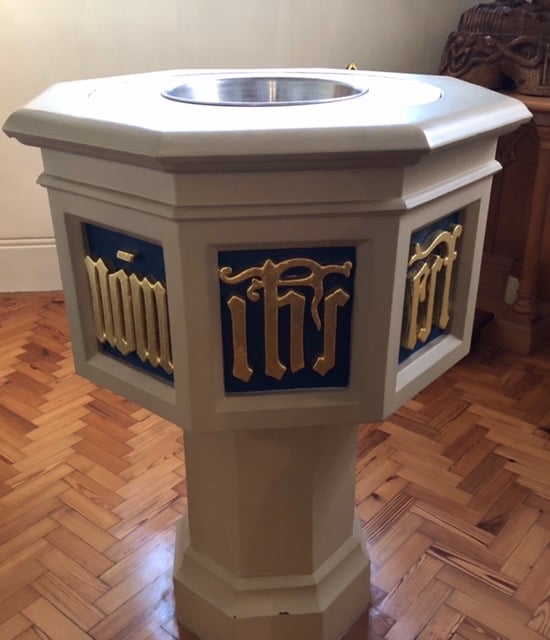

Parish priests Assistant priests
1841 William Smith
1863 Joseph Hill
1865 James Illingworth
1873 Thomas Eyre
1900 William Hudson
1908 John Carr William Richardson
1909 James Grogan
1910 Augustine Sweeney
1911 Patrick Leonard
1912 Joseph McAuliffe
1913 Henry Voss
1915 Matthew Goose
1918 Hugh Quinn
1919 Claud Warren
1920 William Horrax
1930 Thomas Smith
1932 Patrick McGee
1934 William O'Shaughnessy Michael Grimes
1936 Herbert Hammond Leo Mitchell & Paul White
1939 Patrick O'Grady
1940 John Cairns & Francis Abberton
1943 John Knox & Thomas O'Connor
1948 Henry Townend
1951 Francis McNally
1955 Patrick Delaney
1957 William Daly
1959 Edward Quinn
1964 Terence Clifford
1966 John J Kearns
1968 Joseph Kearns
1970 Michael Keegan
1971 Charles Holmes, John McMahon & Charles Doughty
1972 Walter Anthony Burke
1973 James Shryane
1975 Gerard Harney & Maurice Bartley
1979 Frank Carroll
1983 Leslie Roberts OFM
1985 Terence Brebner
1986 Patrick Walsh
1987 Anthony Towey
1990 Kevan Grady
1991 Joseph Steele
1995 Martin Clayton
1997 Mgr David Kirkwood Anthony Flynn & Roy Pannell
2003 Mgr John Ryan
THE PRIESTS WHO HAVE SERVED AT ST. BEDE'S

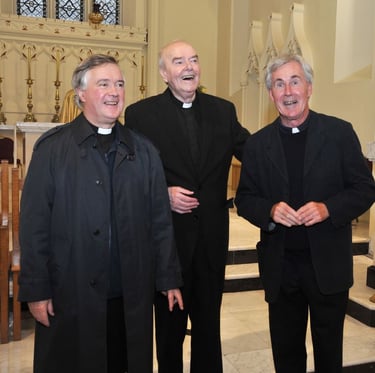
Solemn Re-opening - Fr Brebner, Fr. Burke & Fr McMahon
PARISHIONERS WHO HAVE BEEN ORDAINED TO THE PRIESTHOOD
Fr William Burtoft (1927-2010) ordained Rome Dec 8th 1954
Fr Tadeusz Grzesik ordained 26th November 1972 at the Polish Church, Paris.
Fr Mark McManus ordained 16th July 1988
Fr Anthony Flynn (-1998) ordained
Fr Adrian Tomlinson ordained 19th July 2003
Fr Craig Fitzpatrick ordained 9th July 2005.
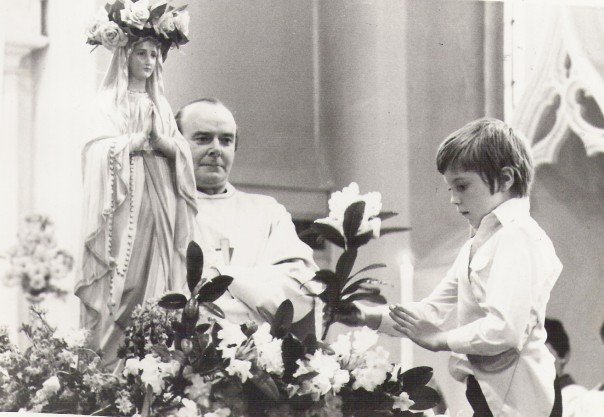

May Procession 1979 - Fr. Burke & Gavin Sharp

